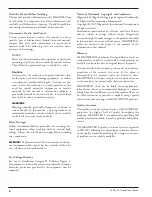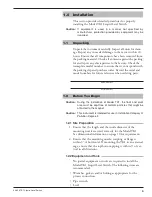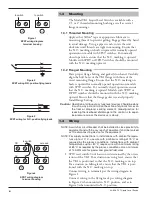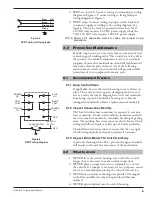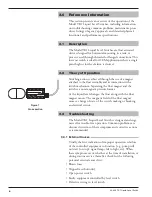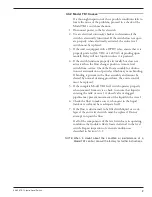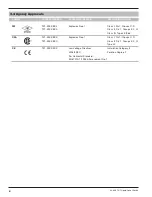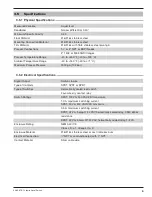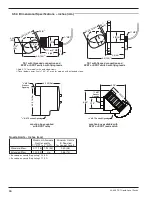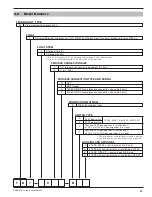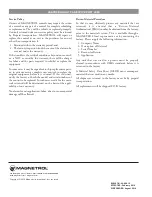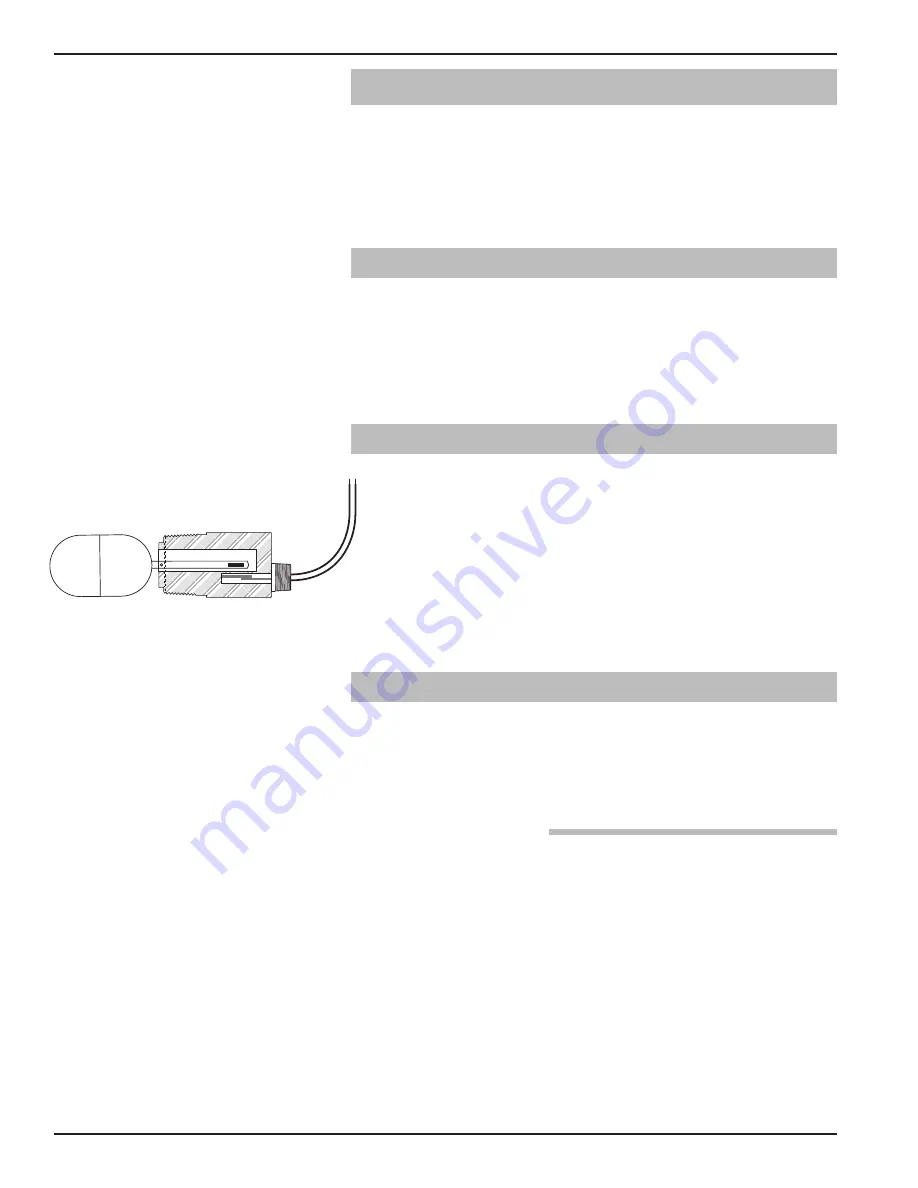
3.0
Reference Information
This section presents an overview of the operation of the
Model TK1 Liquid Level Switches, including information
on troubleshooting common problems, maintenance proce-
dures, listings of agency approvals, and detailed physical,
functional, and performance specifications.
3.1
Description
The Model TK1 Liquid Level Switches are float actuated
devices designed for horizontal mounting in a tank or
process vessel through threaded or flanged connections. This
low cost switch is ideal for OEM applications where a single
point high or low level alarm is desired.
3.2
Theory of Operation
Switching action is achieved through the use of a magnet
attached to the float assembly and its interaction with a
switch mechanism. Separating the float magnet and the
switch is a non-magnetic pressure barrier.
As the liquid level changes, the float along with the float
magnet moves. The magnetic field of the float magnet
causes a change of state of the switch, making or breaking
an electrical circuit.
3.3
Troubleshooting
The Model TK1 Liquid Level Switch is designed and engi-
neered for trouble-free operation. Common problems are
discussed in terms of their symptoms and corrective actions
as recommended.
3.3.1 External Causes
Usually the first indication of improper operation is failure
of the controlled equipment to function (e.g., pump will
not start (or stop), signal lamps fail to light, etc). When
these symptoms occur, whether at the time of installation or
during routine service thereafter, check for the following
potential external causes first:
• Blown fuses
• Tripped reset button(s)
• Open power switch
• Faulty equipment controlled by level switch
• Defective wiring to level switch
44-608 TK1 Liquid Level Switch
6
Figure 7
Cross section


